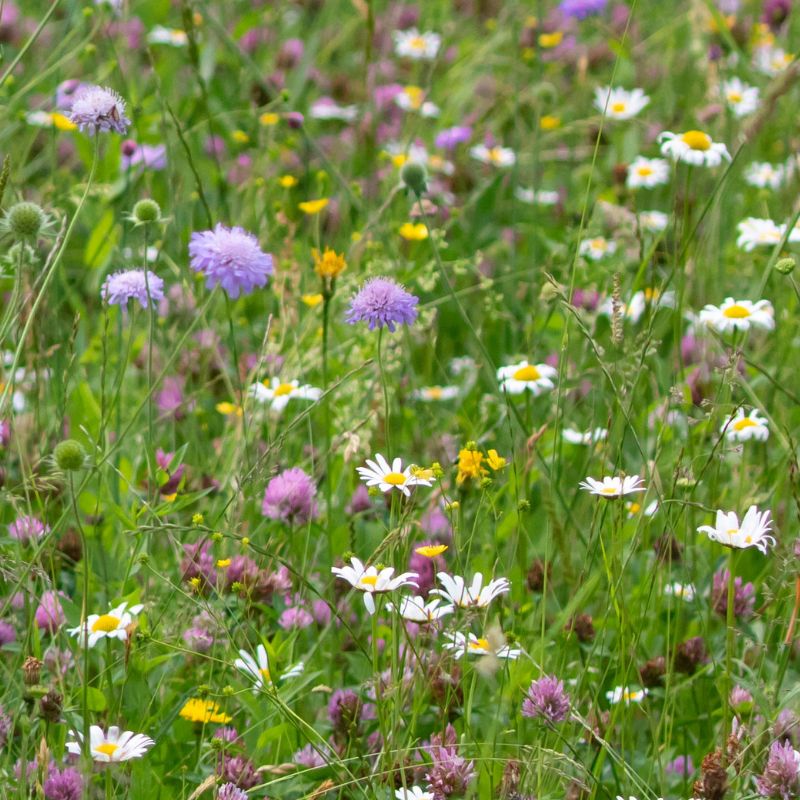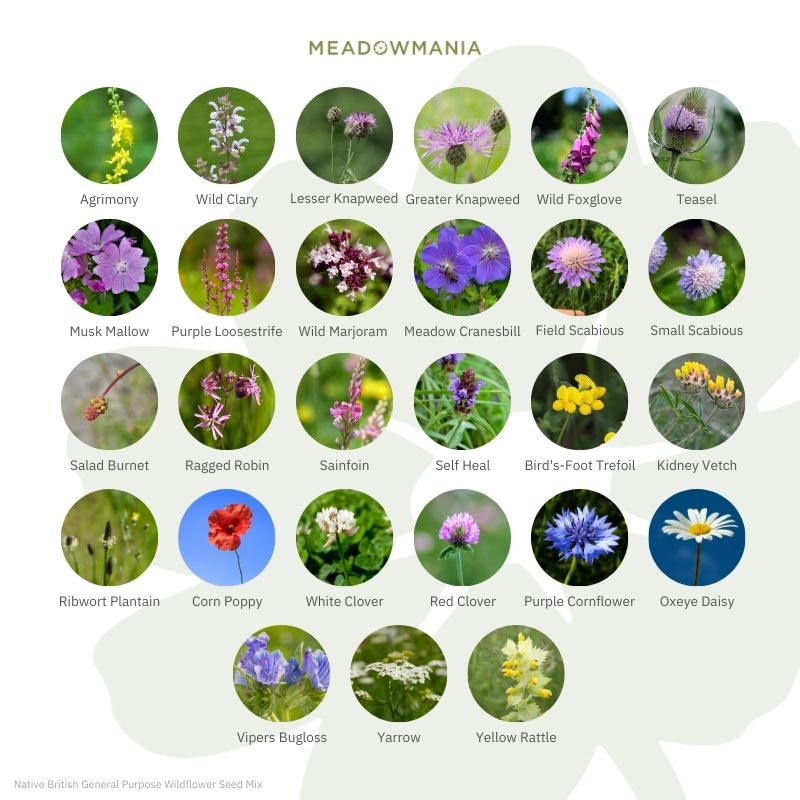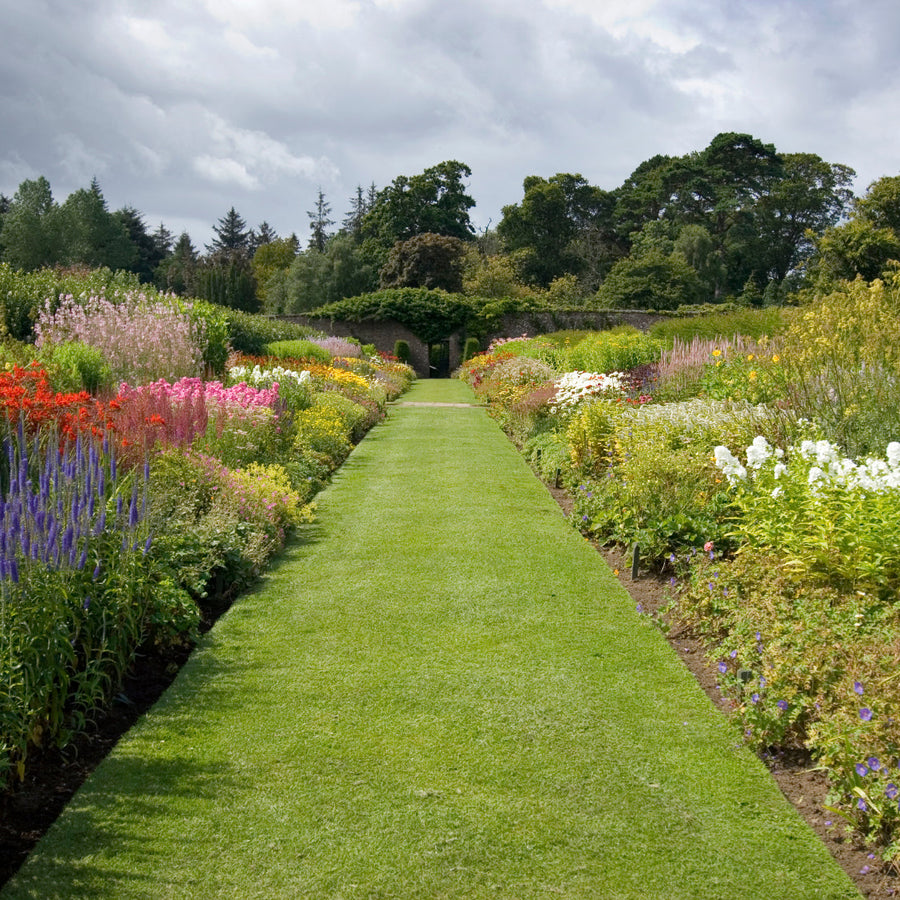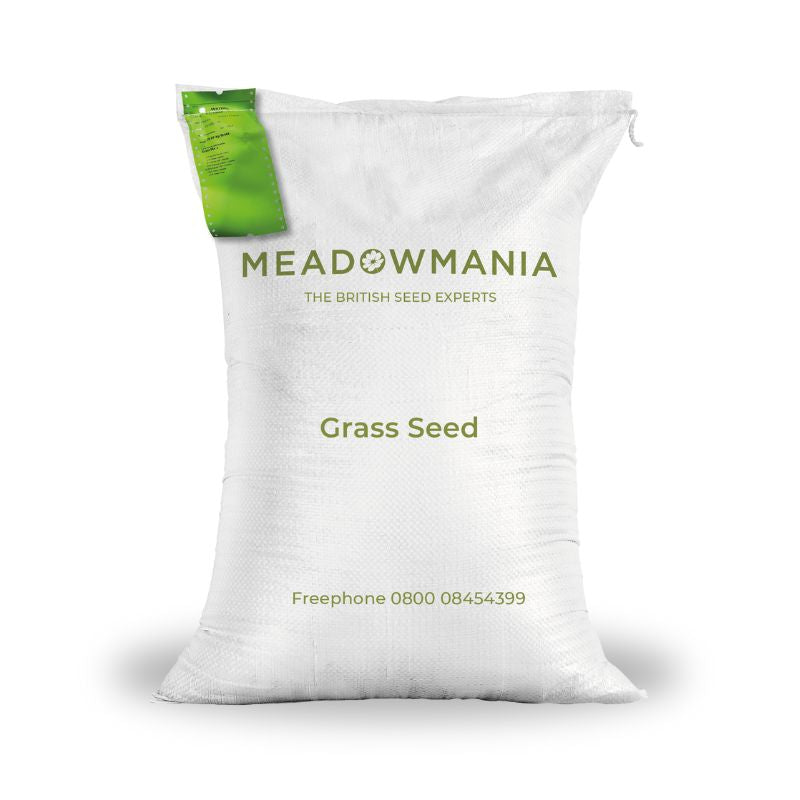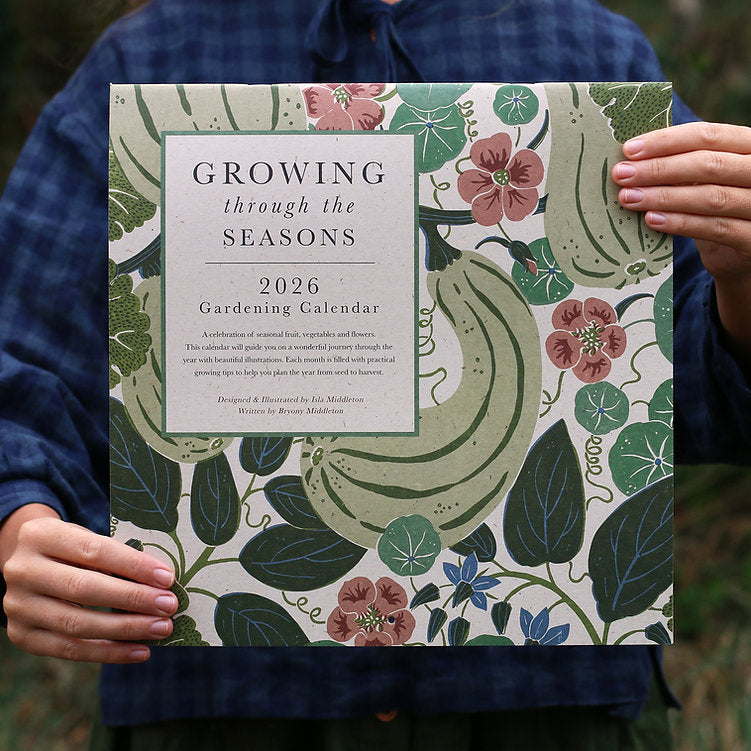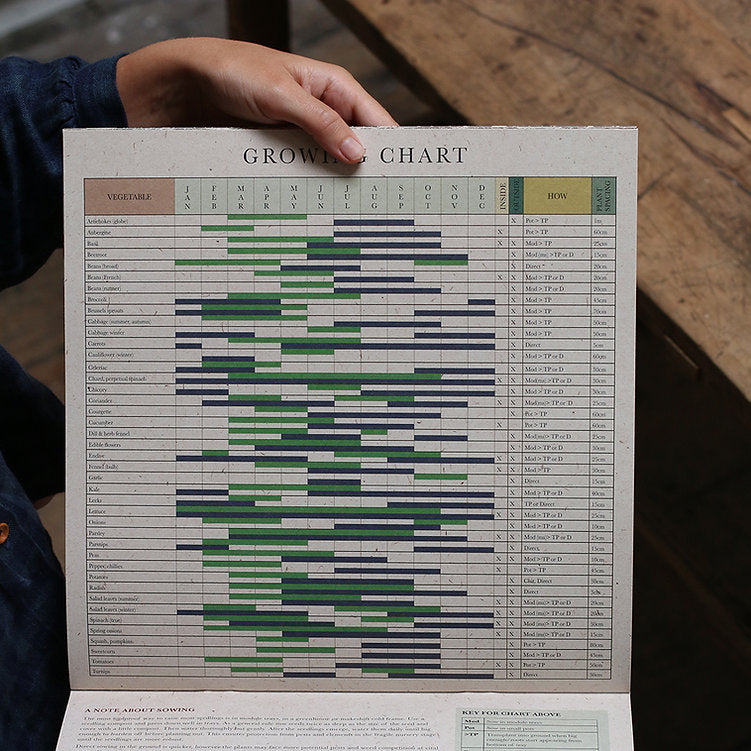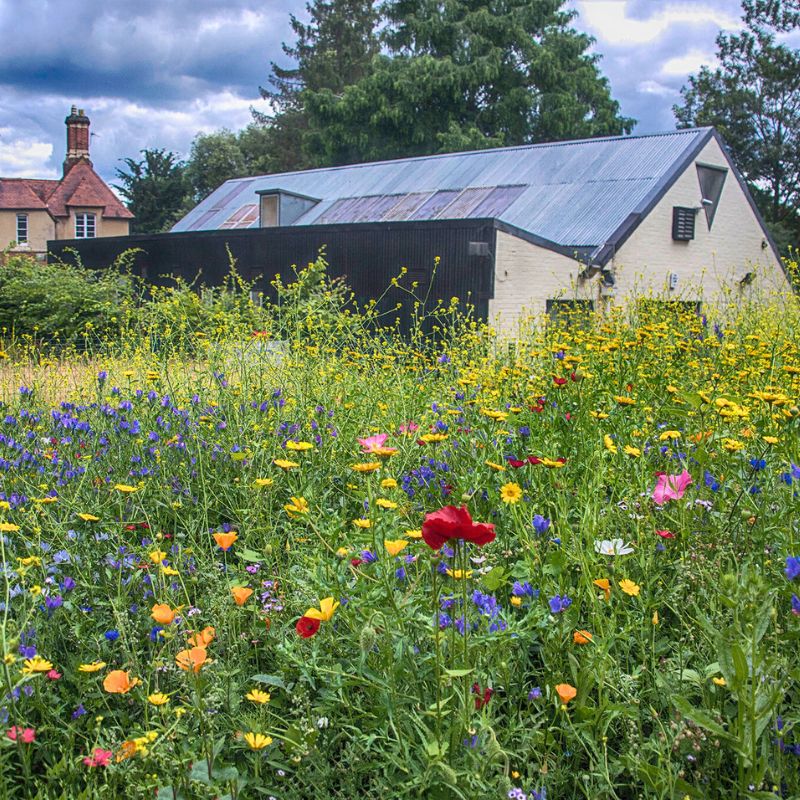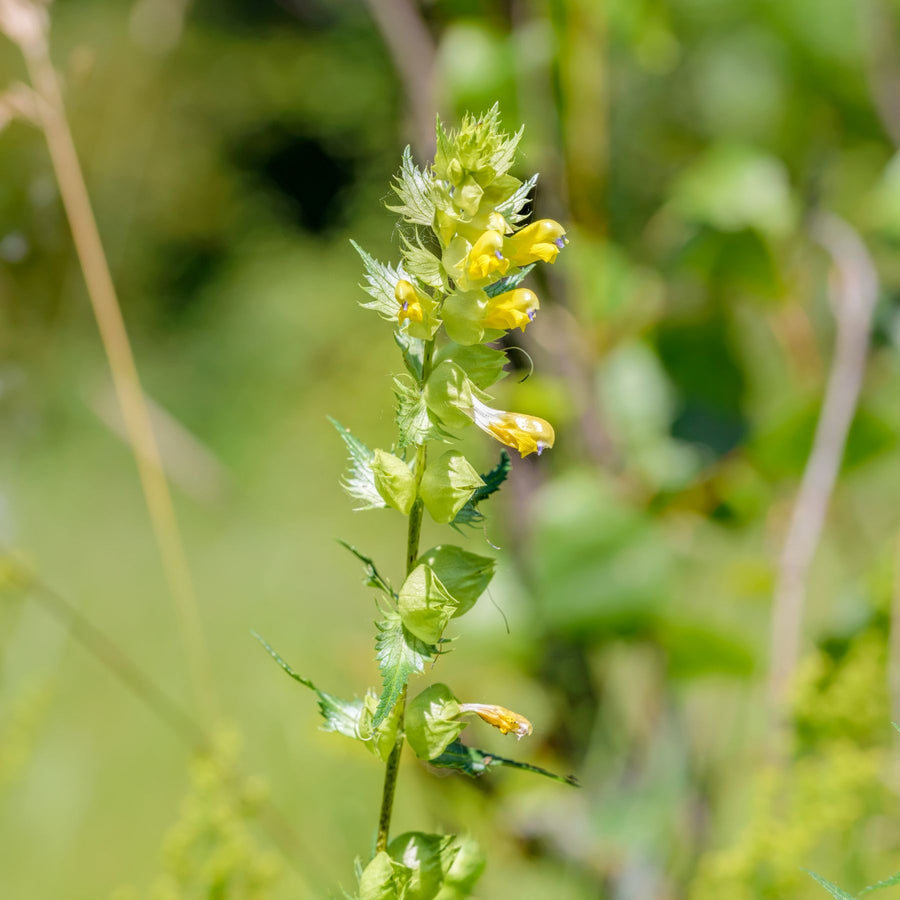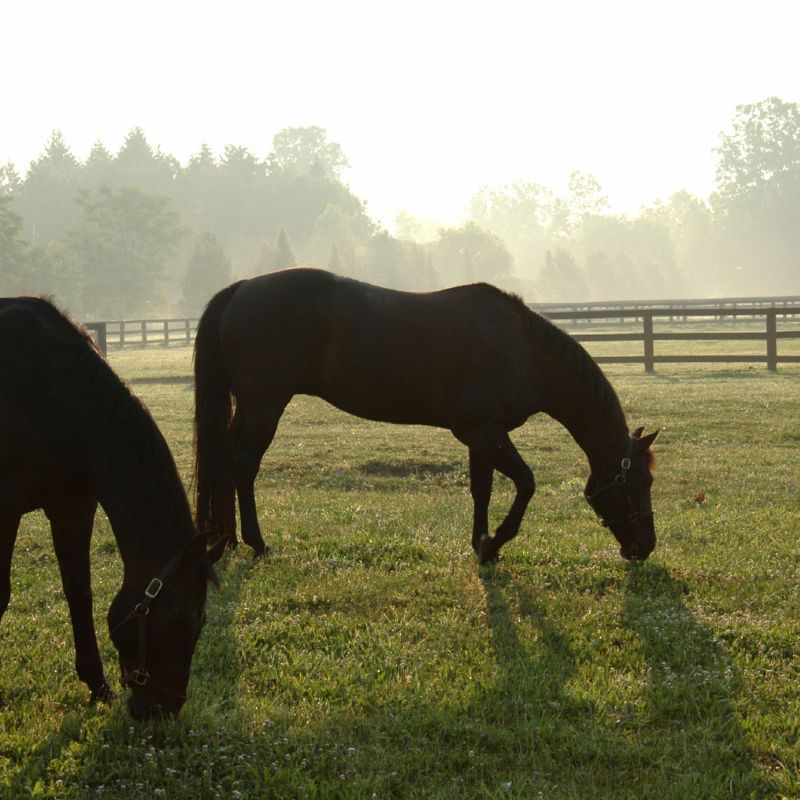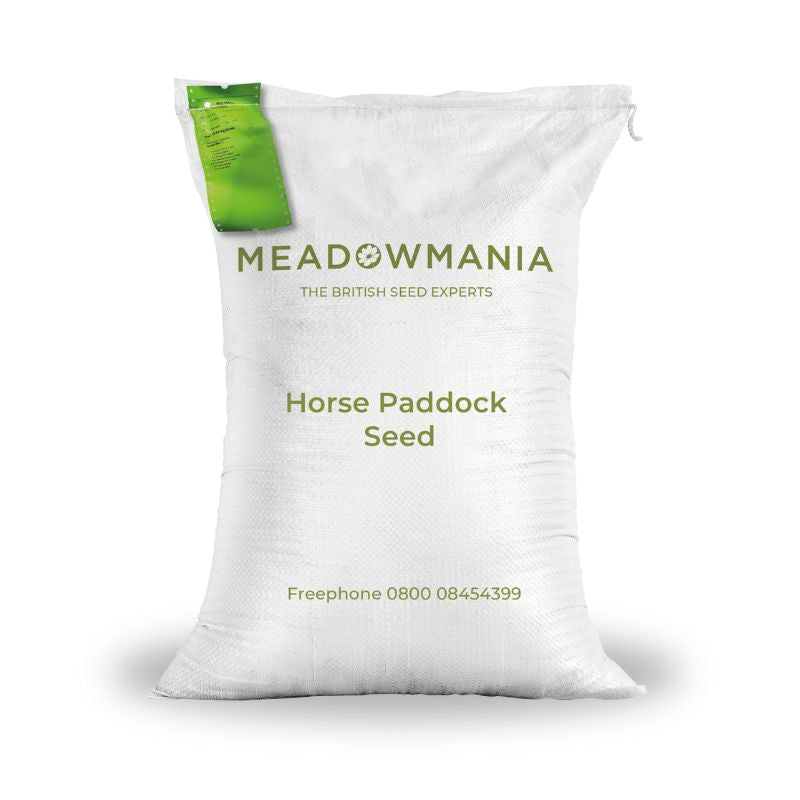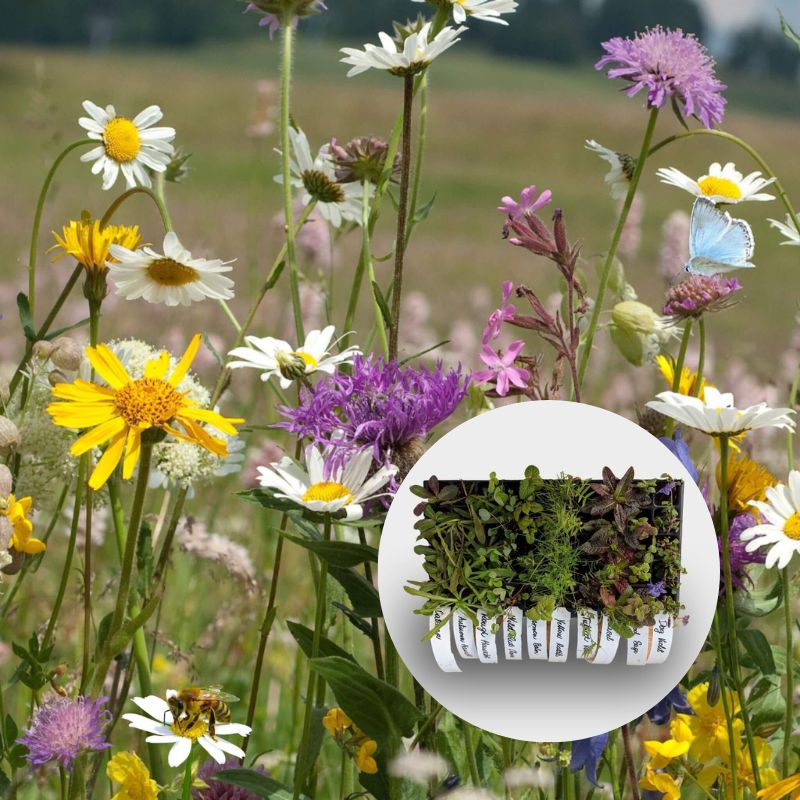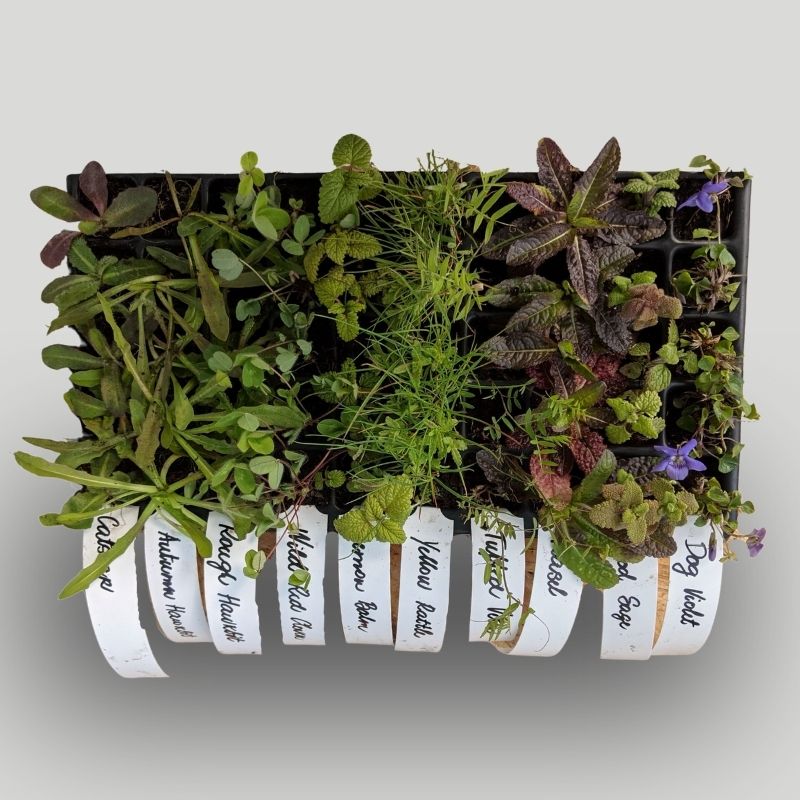
How to Establish and Maintain a Flowering Lawn in the UK
How to Establish and Maintain a Flowering Lawn in the UK
Are you ready to transform your garden into a vibrant flowering lawn that will attract pollinators, support local wildlife, and reduce maintenance? At Meadowmania, we specialise in wildflower seeds that are perfect for creating sustainable, eye-catching meadows in your back garden. Here’s a comprehensive guide to establishing and maintaining a flowering lawn using British wildflowers, so you can enjoy a beautiful, eco-friendly outdoor space.
Why Choose a Flowering Lawn?
Flowering lawns offer multiple benefits beyond the charm of their colours and natural beauty. Unlike traditional lawns, a flowering lawn:
- Supports Biodiversity: Native wildflowers attract bees, butterflies, and other pollinators, playing a crucial role in local ecosystems.
- Reduces Maintenance: Once established, flowering lawns require less frequent mowing and watering.
- Thrives Without Fertilisers: Wildflowers flourish in less fertile soil, meaning you can keep your garden low-maintenance and chemical-free.
Switching to a flowering lawn is a rewarding way to create a sustainable garden space that is both low-impact and visually stunning.
Step 1: Planning Your Flowering Lawn
It's essential to plan your flowering lawn carefully. Consider factors such as soil type, light exposure, and the specific wildflower seeds you’d like to use. Some varieties thrive in full sun, while others are more shade-tolerant. Choosing the right wildflower seeds ensures better growth and a resilient meadow that will flourish year after year.
- Choose Your Wildflowers: For British gardens, look for seed mixes that include native wildflowers like native red clover, self-heal, daisy, and yellow rattle, such this wildflower mix for meadow lawns. These plants are well-suited to the UK’s climate and encourage a greater diversity of pollinating insects. If scarifying the area and establishing the flowers into existing lawn, use a 100% wildflower seed mix. If starting from scratch, use a meadow mix with the inclusion of grass.
- Test Your Soil: Wildflowers often do best in low-nutrient soils. If your soil is too rich, consider removing the top layer or adding a substrate like sand to reduce fertility.
- Decide on Your Lawn Area: Will your flowering lawn cover the entire garden or just a portion? Even small flowering patches can significantly benefit local wildlife.
Step 2: Preparing the Soil for Your Flowering Lawn
Preparing the ground is essential for establishing a successful flowering lawn. Here’s how:
- Clear the Area: Start by removing any grass, weeds, or plants currently occupying the space. Dig out deep-rooted weeds to prevent them from competing with your wildflowers.
- Rake and Level: Break up the soil and rake it to create a fine, even surface. This provides a good seedbed for wildflower seeds and improves soil contact for optimal germination.
- Sow Wildflower Seeds: Wildflower seeds can be sown in spring (March to May) or autumn (September to November). Broadcasting the seeds evenly by hand is an effective method; you can even mix them with sand to ensure even distribution. Lightly rake the seeds in but avoid burying them too deep.
Step 3: Maintaining Your Flowering Lawn
A flowering lawn requires some specific maintenance, especially in its first year, to help wildflowers establish themselves fully. Here are some essential maintenance tips:
- Watering: Newly sown wildflower seeds benefit from regular watering in the first few weeks, especially in dry weather. Once established, flowering lawns need minimal watering.
- Mowing: During the first year, mowing every 6-8 weeks helps keep competing grasses in check and encourages the wildflowers to take hold. Set your mower blades to a high level to avoid cutting the wildflowers too short.
- Seasonal Cut: After the first flowering season, cut the meadow in late summer (usually in August or September) to around 7-10 cm. This “hay cut” helps scatter seeds and prepare the meadow for regrowth in the following year.
Troubleshooting Common Flowering Lawn Issues
Flowering lawns can face challenges, especially in the early stages. Here’s how to handle common issues:
- Invasive Weeds: If you notice invasive weeds, remove them by hand or spot-treat them carefully to avoid harming your wildflowers.
- Sparse Growth: If your flowering lawn looks patchy, overseeding in autumn can help fill in gaps.
- Overly Fertile Soil: If you’re struggling with vigorous grasses taking over, adding yellow rattle (a hemi-parasitic wildflower that weakens grasses) to your mix can help manage growth naturally.
Enjoying Your Flowering Lawn
Once established, your flowering lawn will require minimal intervention, allowing you to enjoy a natural, low-maintenance space filled with seasonal colour and buzzing life. Whether you’re creating a full wildflower meadow or adding wildflower patches to an existing lawn, this eco-friendly choice will bring a touch of wild beauty to your garden.
At Meadowmania, we offer a range of wildflower seed mixes tailored to the UK climate, including options for shaded areas, clay soils, and high-traffic gardens. Browse our collection to find the perfect blend for your flowering lawn, and start your journey towards a sustainable, beautiful garden today.
Ready to Start Your Flowering Lawn? Explore Our Seed Collections Today!
Creating a flowering lawn is a simple, effective way to enhance your outdoor space and contribute to local biodiversity. With a bit of planning, the right seed mix, and minimal maintenance, you’ll be able to enjoy a lush, colourful garden for years to come.


